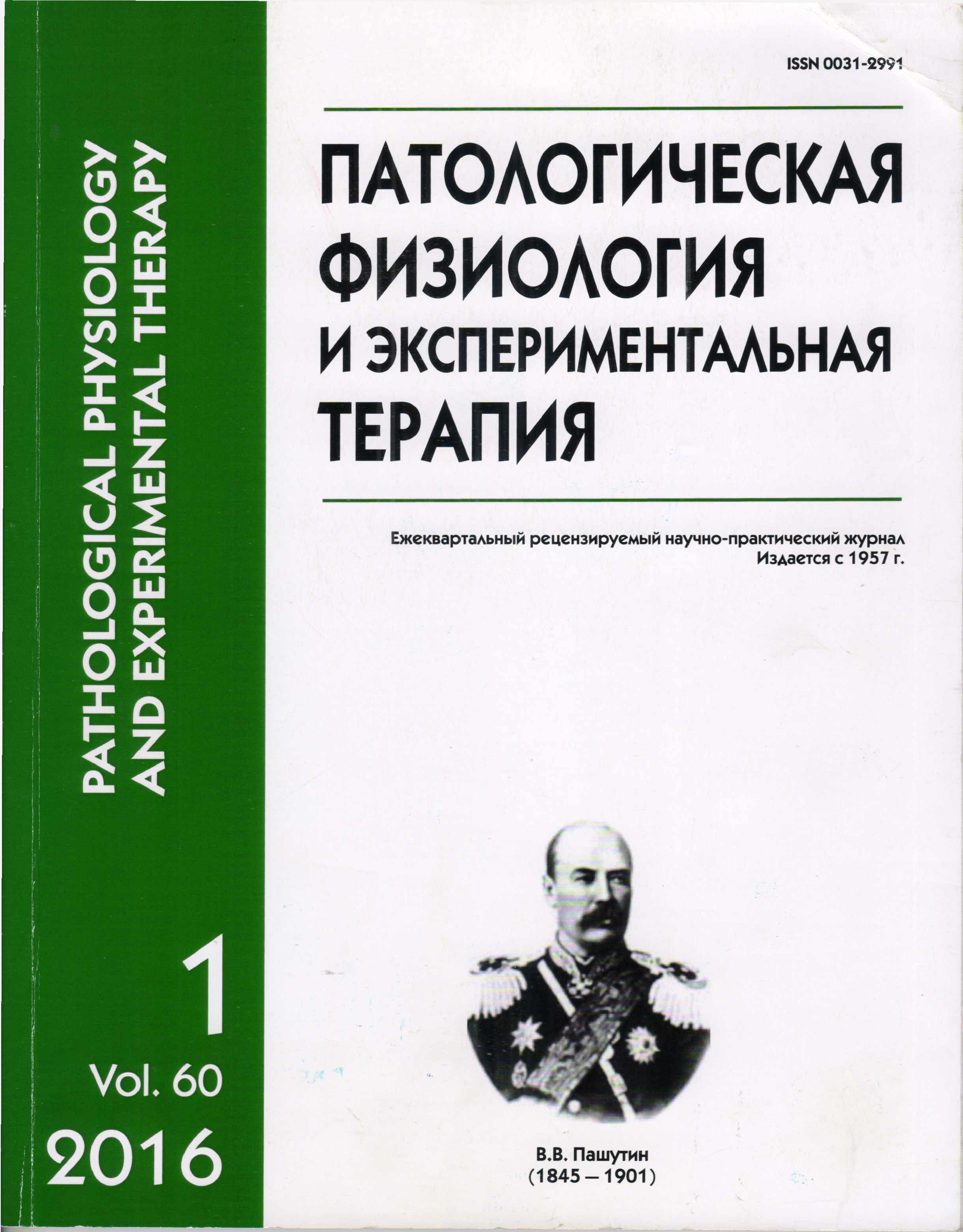Applying HIFU for the obliteration of the veins in the experiment
Abstract
The effect of high-intensity focused ultrasound (HIFU) on venous wall structure was studied in the rabbit model. Special setup was developed for ultrasound generation and vessel targeting. Methods. The essential part of the setup is spherical focusing power irradiator with following characteristics: power supply voltage of 25 V, frequency of 1.9 MHz, ultrasound intensity in the focal spot ~ 8.7 kW/cm2. Results. Single 15-s exposure of the femoral vein to HIFU resulted in partial desquamation of the endothelium, vacuolization of myocyte cytoplasm, misarrangement and coagulation of collagen fibers. Pulsed HIFU (5 pulses for 5 s each) caused protein coagulation in all layers of venous wall (v. cava posterior) as well as the appearance of the areas of fibrinoid necrosis, severe endothelial desquamation, and intimal detachment. HIFU-induced collagen structural changes in media and adventitia of the vein suggest that HIFU exposure resulted in local temperature increase up to ~ 60°С. In some experiments, adjacent to the vein muscles were also exposed to HIFU. In this case, edema of the interstitium and muscle fibers was registered, as well as fragmentation and coagulation of some fibers, altered staining patterns and neutrophil infiltration. These changes could be attributed to the development of acute muscle injury (acute fasciitis). Perivascular adipose tissue also demonstrated edema and lipolysis, red blood cell diapedesis, and leukocyte infiltration. Conclusion. The observations on structural changes in the venous wall after HIFU exposure could lay the ground for future experiments on HIFU – mediated obliteration.






